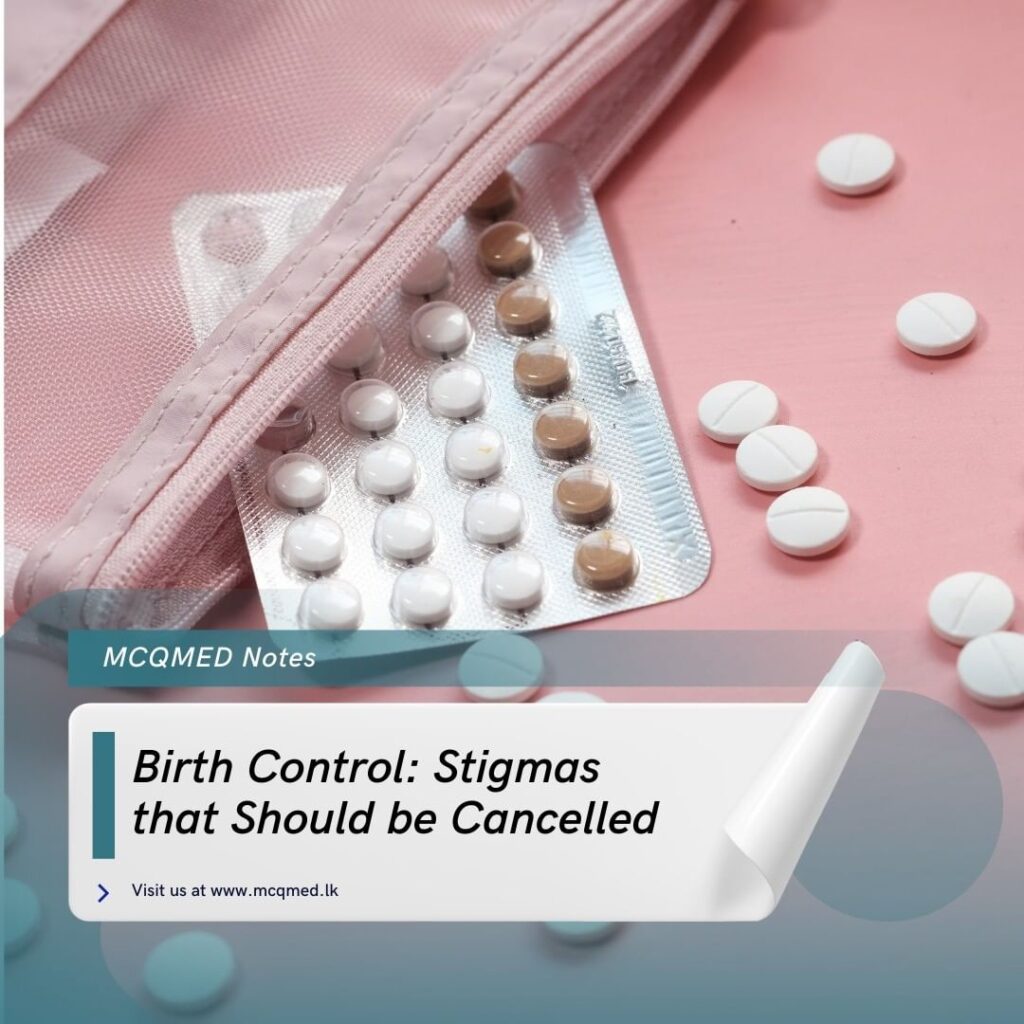What is a prescription?
A prescription is an order written by a healthcare professional, which in this case would be you, informing the pharmacist of what medication you want your patient to take for the health condition in question
The Prescriber
The ‘prescriber’ is physician or any other healthcare professional licensed or otherwise permitted to issue prescriptions for drugs for human use
Parts of a prescription
Prescriber’s identifying information
Practitioner’s full name
Office address
Contact information – office telephone number
Patient identifying information
Patient’s full name
Age
Date of Birth
Patient’s Home address
Recipe (Rx)
Name of medication
Dosage
Dose form
e.g. 800-milligram tablets of Ibuprofen written as, Ibuprofen 800 mg tablets or tabs.
Signatura (Sig)
The ‘signature’ are the instructions on how the medication should be taken
How much of the drug to take
How to take it
How often to take it
e.g. if the clinician is prescribing one tablet of 800 mg of Ibuprofen every 8 hours, they would have to write “take one tablet by mouth every 8 hours” or if they use the sig codes they would write “1 tab po q8”.
Dispensing Instructions (Disp)
Dispensing instructions informs the pharmacist of how much medication you would like your patient to receive
Quantity of medication
Form it should be released it
Important: quantities should be written very clearly to avoid over or under dispensing medication
e.g. With our Ibuprofen example, if the clinician would like to provide a 30-day supply, it’s important to write the number of tablets, which would be 90 tablets if the pill were to be taken 3 times a day, or every 8 hours.
Refill Instructions
The exact number of refills the patient is allowed for the medication in questioned needs to be specified very clearly
If you are not prescribing any refills, write ‘zero refills’
Date
The date of the prescription is important to make sure the patient doesn’t try to refill their medication before the prescribed date
Clinician’s signature
Signature
NPI number
Drug Enforcement Agency Number – for controlled substances only
Common abbreviations used in prescriptions
| Abbreviations | Latin Term | Meaning |
|---|---|---|
| AC | ante cibum | “before meals” |
| BID | bis in die | “twice a day” |
| stat | stat | “immediately” |
| s. o. s | “as needed” | |
| PO | per os | “by mouth” |
| mane | mane | “at morning” |
| nocte | nocte | “at night” |
| PC | post cibum | “after meals” |
| PRN | pro re nata | “as needed” |
| Q3h | quaque 3 hora | “every three hours” |
| QD | quaque die | “every day” |
| QID | quater in die | “four times a day” |
| Sig | signa | “write” |
| TID | ter in die | “three times a day” |
| “twice a day” | ||
| QHS | “every bedtime” | |
| Q4h | “every 4 hours” | |
| Q4-6h | “every 4 to 6 hours” | |
| QWK | “every week” |



